
The fourth cabinet of Petru Groza was the government of Romania from 15 April 1948 to 2 June 1952.

The fourth cabinet of Petru Groza was the government of Romania from 15 April 1948 to 2 June 1952.
The ministers of the cabinet were as follows: [1]

The University of Bucharest, commonly known after its abbreviation UB in Romania, is a public university founded in its current form on 4 July 1864 by a decree of Prince Alexandru Ioan Cuza to convert the former Princely Academy into the current University of Bucharest, making one of the oldest modern Romanian universities. It is one of the five members of the Universitaria Consortium.

Chivu Stoica was a leading Romanian Communist politician, who served as 48th Prime Minister of Romania.

Vasile Luca was an Austro-Hungarian-born Romanian and Soviet communist politician, a leading member of the Romanian Communist Party (PCR) from 1945 and until his imprisonment in the 1950s. Noted for his activities in the Ukrainian SSR in 1940–1941, he sided with Ana Pauker during World War II, and returned to Romania to serve as the minister of finance and one of the most recognizable leaders of the Communist regime. Luca's downfall, coming at the end of a conflict with Gheorghe Gheorghiu-Dej, signaled that of Pauker.
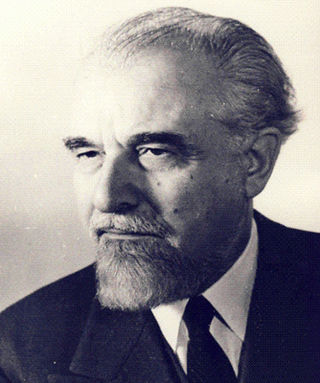
Ștefan Voitec was a Romanian Marxist journalist and politician who held important positions in the state apparatus of Communist Romania. Debuting as a member of the Socialist Party of Romania in his late teens, he formed the Socialist Workers Party of Romania, then the United Socialist Party, while also engaging in human rights activism and advocating prison reform. The mid 1930s brought him into contact with the Romanian Communist Party, with whom he formed tactical alliances; however, he rejected its political line, and was for a while known as a Trotskyist. In 1939, he joined the consolidated Social Democratic Party, which reunited various socialist groups outlawed by the National Renaissance Front. During World War II, despite ostensibly withdrawing form political life to do research, Voitec served as the party's Secretary and joined the anti-fascist underground. Some reports suggest that he was also a committed anti-communist, critical of the Soviet Union to the point on endorsing war in the East. As a war correspondent, Voitec made contributions to Nazi propaganda, an issue which made him vulnerable to blackmail in later decades.

Carol I Park is a public park in Bucharest, Romania, named after King Carol I of Romania. A French garden located in the southern-central area of Bucharest, partly on Filaret hill, originally capable of hosting various exhibitions, it suffered considerable modifications during the communist regime, including a name change to Parcul Libertății.
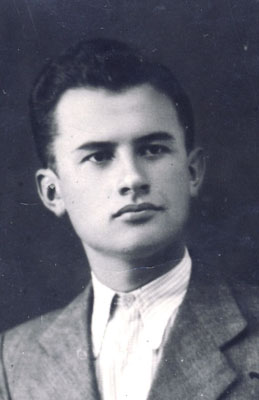
Ion Vincze was a Romanian communist politician and diplomat. An activist of the Romanian Communist Party (PCR), he was married to Constanța Crăciun, herself a prominent member of the party.
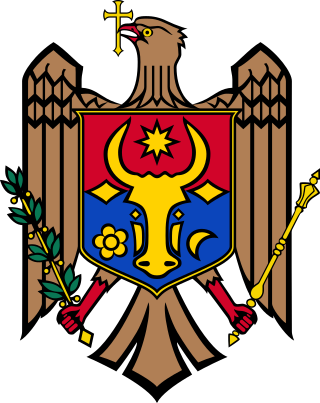
Parliamentary elections were held in the Moldavian SSR in February and March 1990 to elect the 380 members of the Supreme Soviet. They were the first and only free elections to the Supreme Soviet of the MSSR, and although the Communist Party of Moldova was the only registered party allowed to contest the election, opposition candidates were allowed to run as independents. Together with affiliated groups, the Popular Front of Moldova won a landslide victory. Candidates who were openly supporters of the Popular Front won about 27% of seats; together with moderate Communists, mainly from rural districts, they commanded a majority.
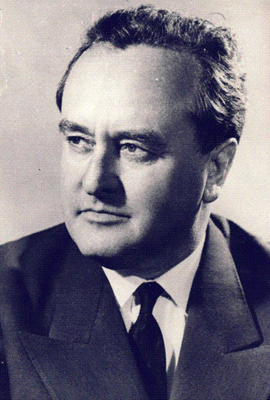
Avram Bunaciu was a Romanian communist politician who served as the Minister of Justice, Minister of Foreign Affairs and was the acting President of the State Council of Romania.
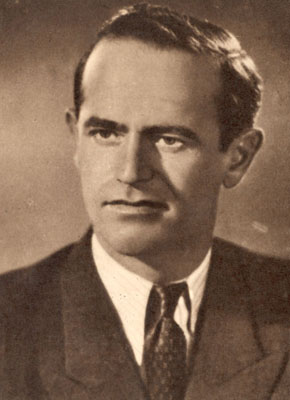
Alexandru Moghioroș was a Romanian communist activist and politician.

The third cabinet of Gheorghe Tătărăscu was the government of Romania from 29 August 1936 to 14 November 1937.
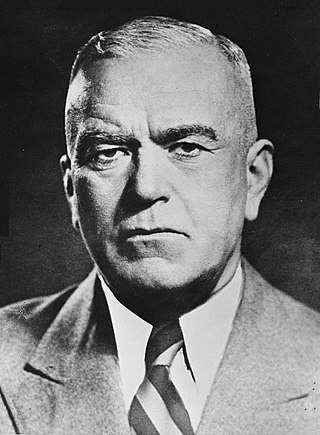
The third cabinet of Petru Groza was the government of Romania from 30 December 1947 to 14 April 1948. This was the first government of the Socialist Republic of Romania.
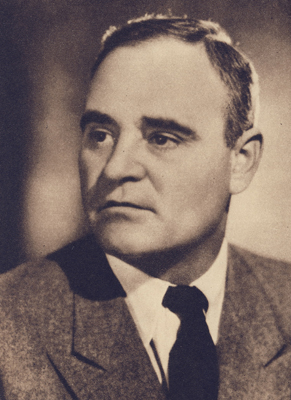
The first cabinet of Gheorghe Gheorghiu-Dej was the government of Romania from 2 June 1952 to 28 January 1953.

The second cabinet of Gheorghe Gheorghiu-Dej was the government of Romania from 28 January 1953 to 4 October 1955.
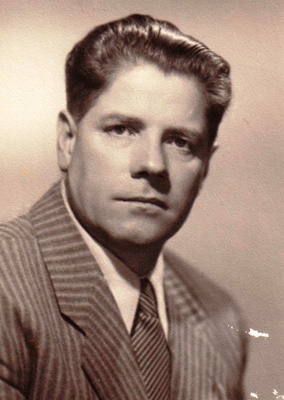
Gheorghe Vasilichi was a Romanian Communist politician and statesman.

Dumitru Petrescu, believed to have been born Gheorghe M. Dumitru, also known as Gheorghe Petrescu and Petrescu-Grivița, was a Romanian general, trade union leader, and Communist Party (PCR) activist. After training as a metalworker in Grivița, he took to left-wing politics, joining the underground communist groups at some point before the railwaymen's strike of February 1933, which he helped organise together with Constantin Doncea and Gheorghe Vasilichi. Arrested by the Romanian Kingdom authorities in its wake, he received a 15-year prison sentence. He broke out of Craiova penitentiary a few months later, together with Vasilichi and Doncea, after overpowering a guard. With support from the International Red Aid, Petrescu made his way into Czechoslovakia, and then headed for the Soviet Union, where he lived until 1944. He worked in publishing and trained as a propagandist at the International Lenin School in Moscow.